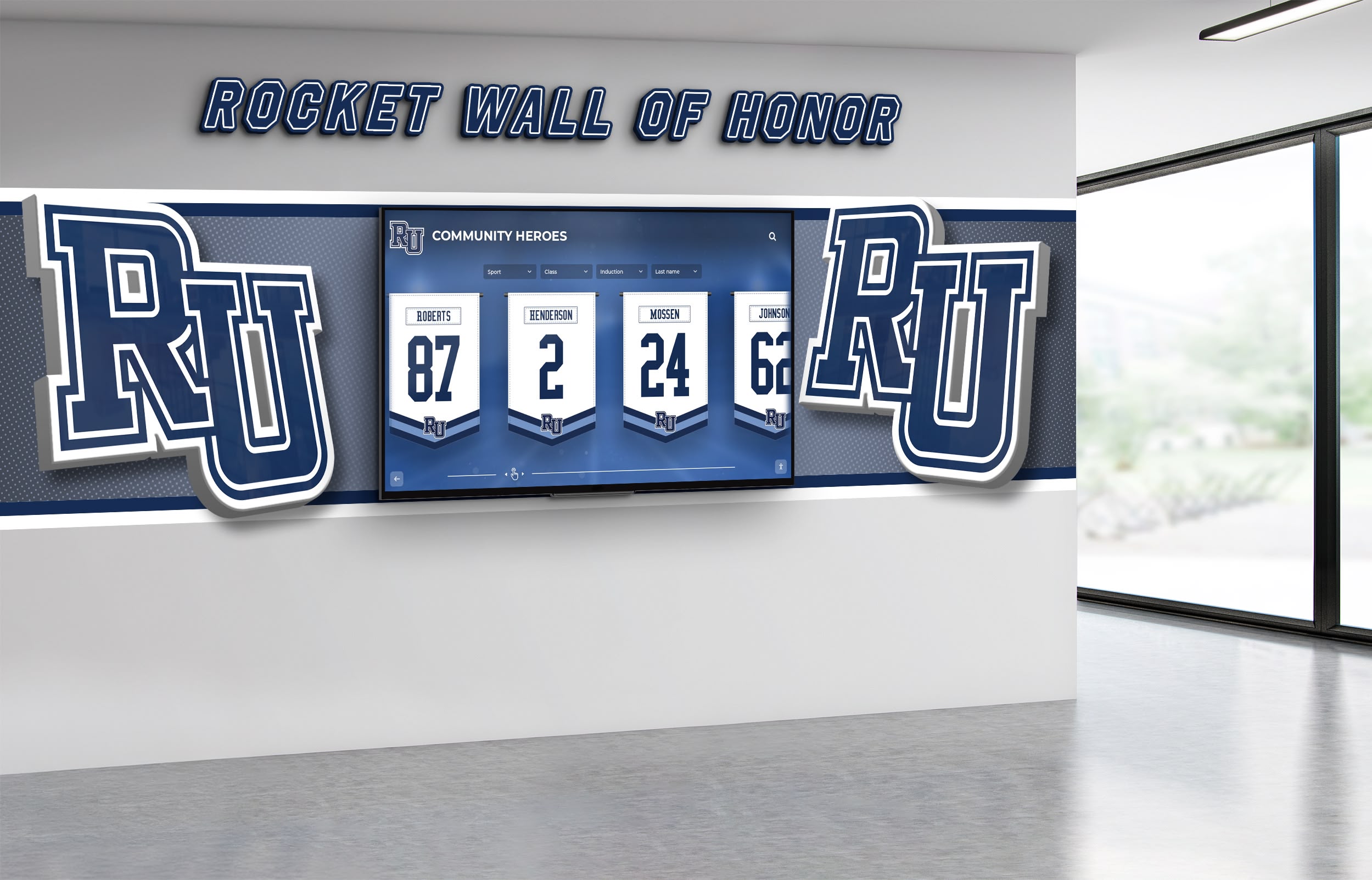
Perfect ACT Score History: Interactive Displays Celebrating Academic Excellence & 36 Score Achievement
Celebrating Academic Excellence Through Recognition: Perfect ACT scores represent extraordinary academic achievement accomplished by only 0.22% of test takers—approximately 3,000-4,000 students nationally each year who demonstrate mastery across English, mathematics, reading, and science at the highest levels. Schools fortunate enough to have students earning perfect 36 scores possess powerful stories of dedication, intellect, and achievement deserving celebration that inspires current students while honoring exceptional accomplishment. Modern interactive displays transform how institutions recognize these rare achievements, creating engaging experiences that preserve academic history while motivating future generations toward similar excellence. Walk through most high schools and you’ll find trophy cases overflowing with athletic championships, championship banners covering gymnasium walls, and prominent displays celebrating decades of competitive achievement. Yet academic excellence—including perfect ACT scores representing achievement statistically rarer than many athletic accomplishments—often receives minimal visible recognition beyond brief announcements or certificates filed away in folders.
Read More
Interactive Career Pathways Board: Complete Guide to Digital Career Exploration, College Readiness, and Student Future Planning Success
Transforming Career Guidance Through Interactive Technology: Interactive career pathways boards represent innovative digital solutions that revolutionize how schools help students explore career options, understand educational requirements, plan post-secondary paths, and connect academic coursework to future professional opportunities. When implemented effectively, these interactive displays empower students to take ownership of their future planning while providing guidance counselors with powerful tools to support more students more efficiently than traditional career counseling approaches allow. Every student deserves clear pathways connecting high school education to meaningful careers and fulfilling futures. Yet many schools struggle to provide comprehensive career guidance that helps students understand available options, educational requirements for different career paths, connections between current coursework and future opportunities, and concrete steps toward achieving professional goals. Traditional career counseling approaches often prove inadequate—guidance counselors face overwhelming caseloads limiting individual attention, printed career materials quickly become outdated, static bulletin boards generate minimal student engagement, and career exploration happens sporadically rather than as ongoing process throughout students’ educational journeys.
Read More






























